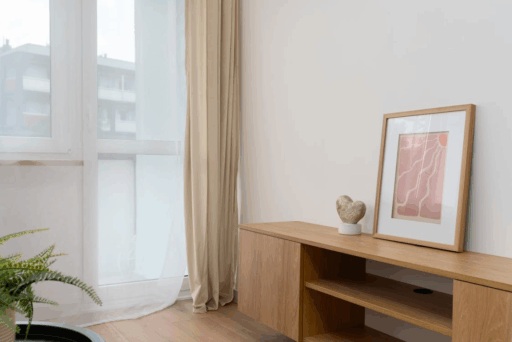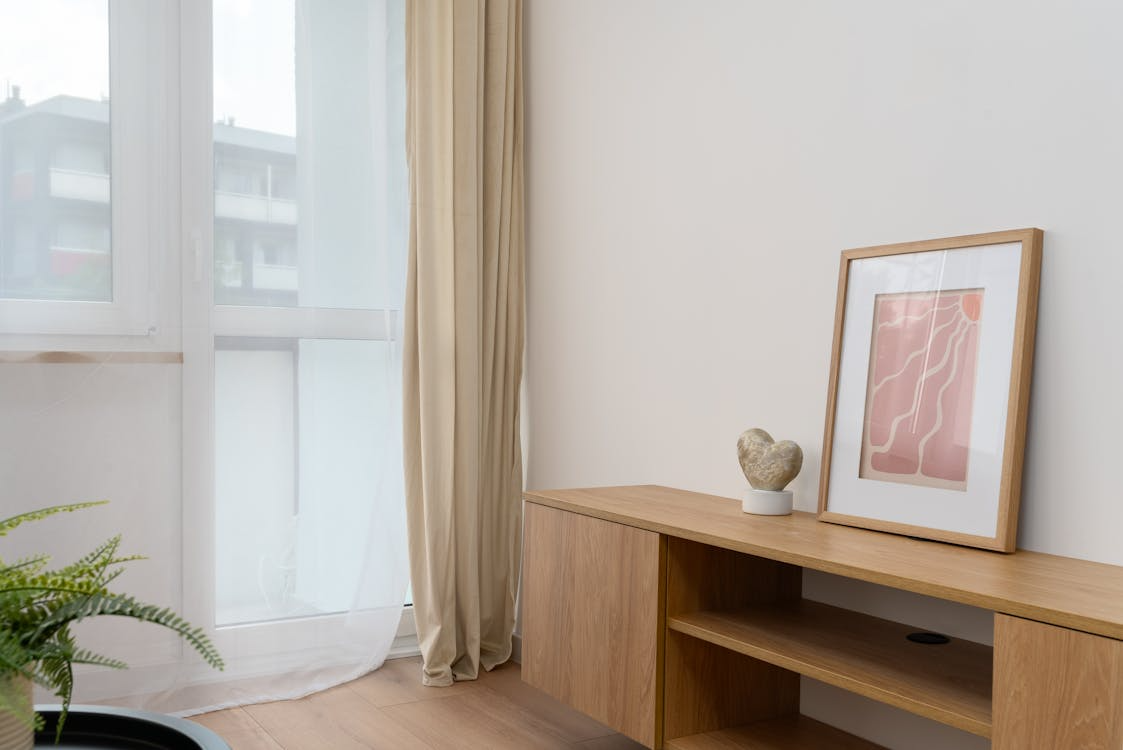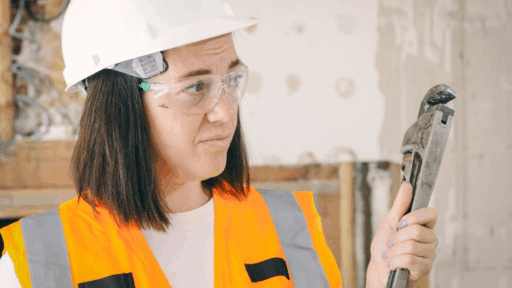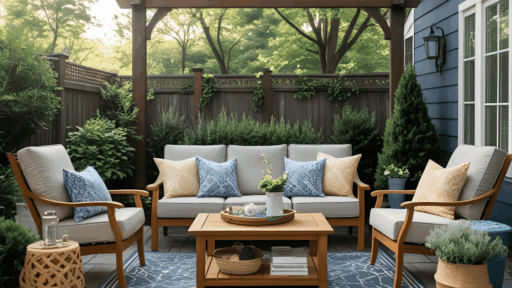Ever feel like your home looks fine on paper but never quite feels finished when you’re living in it? Spaces can function but still lack the comfort or personality that make people actually enjoy spending time there. Finding the balance between practicality and style is not just about keeping up appearances—it can shape how you feel day to day. In this blog, we will share how to create a more comfortable and stylish home that feels lived-in without looking cluttered.
Balance Open Spaces with Cozy Corners
Many modern homes lean heavily on open-concept designs, which can feel airy but also leave rooms feeling cold or impersonal if not balanced carefully. Creating cozy corners within these large areas helps restore warmth and purpose. Reading nooks with a comfortable chair, layered lighting, and a nearby surface for a drink or book can transform unused corners into favorite spots.
Strategic furniture placement can also help break up sprawling areas without blocking light or traffic flow. Rugs, shelving, and sectional sofas act as natural dividers, subtly defining living, dining, or work spaces while maintaining the openness that people often want. This approach lets homeowners enjoy the sense of space without losing the intimacy that makes a home feel inviting.
Make the Space Functional
Style without function never lasts because homes need to work as much as they need to impress. Evaluating how each room is used helps clarify which changes make the biggest difference. For example, traffic-heavy areas benefit from durable flooring and well-planned layouts, while rooms meant for relaxation need softer lighting and comfortable seating before anything decorative is added. Creating zones for work, rest, and entertainment can transform how a home feels without requiring constant rearrangement.
Smaller details, like how surfaces are organized, can elevate comfort and polish at the same time. Simple touches such as curated shelving or thoughtful coffee table styling bring personality while keeping spaces from feeling chaotic. Family owned and operated since 1895, Swann’s has built a legacy in East Texas by offering quality furniture and personalized design services, helping people shape interiors that reflect their taste and function well. Thoughtful touches like these bridge the gap between décor and practicality, ensuring that style enhances how you actually live rather than complicating it.
Layering Comfort with Design
Once the core functions of each room are in place, layering comfort becomes the next step in shaping a space that feels both personal and polished. Soft textures through rugs, cushions, and throws not only add visual interest but also invite people to linger. Natural materials like wood, cotton, and stone create warmth without overpowering other design choices, making the home feel grounded and timeless.
Lighting plays a critical role in comfort, too. Overhead lights can make even the most thoughtfully designed rooms feel sterile, while layered lighting from table lamps, sconces, and floor lamps creates a softer, more flexible environment. Dimmers add another layer of adaptability, allowing spaces to shift from bright and functional to cozy and inviting with minimal effort.
Color choices help set the mood and unify the home’s look. Neutral bases allow flexibility as styles and trends change, while accents in bolder hues keep rooms from feeling flat. These can be swapped seasonally or updated over time without major renovations, keeping the home fresh without demanding a constant overhaul.
Balance Open Spaces with Cozy Corners
Many modern homes lean heavily on open-concept designs, which can feel airy but also leave rooms feeling cold or impersonal if not balanced carefully. Creating cozy corners within these large areas helps restore warmth and purpose. Reading nooks with a comfortable chair, layered lighting, and a nearby surface for a drink or book can transform unused corners into favorite spots.
Strategic furniture placement can also help break up sprawling areas without blocking light or traffic flow. Rugs, shelving, and sectional sofas act as natural dividers, subtly defining living, dining, or work spaces while maintaining the openness that people often want. This approach lets homeowners enjoy the sense of space without losing the intimacy that makes a home feel inviting.
Keep Storage in Mind While Designing
Clutter undermines both comfort and style, which makes storage a key element of any plan. Built-ins, multi-purpose furniture, and discrete shelving help keep daily necessities accessible without letting them take over visual space. Ottomans with hidden compartments, cabinets designed to match the room’s finishes, and well-placed baskets or bins can make organization feel like part of the design rather than an afterthought.
This focus on storage also makes homes easier to maintain. Instead of scrambling to clean whenever company comes over or constantly shifting piles from one surface to another, items have a logical place to live. That sense of order contributes to the comfort of the space just as much as plush furniture or ambient lighting.
Incorporate Personal Elements Without Overcrowding
While sleek, magazine-ready rooms look appealing, a truly comfortable home reflects the personalities of those living there. Displaying meaningful items like art, travel finds, or family heirlooms brings depth and history into a space. The key is balance—arranging these items with intention rather than scattering them across every available surface keeps the look cohesive rather than cluttered.
Rotating displays can keep things fresh while preventing overcrowding. Seasonal swaps or a curated shelf that changes every few months allow personal touches to stand out instead of getting lost among too many competing details. This flexibility ensures the home feels personal but polished year-round, without the sense of chaos that too many unplanned items can create.
Why These Choices Matter in Today’s Homes
Homes now serve more purposes than ever—office, classroom, entertainment hub, and sanctuary all in one. Creating spaces that handle these demands while still feeling welcoming and stylish is no longer just a luxury. Rising costs and shifting lifestyles mean people want homes that adapt to their needs without requiring constant, expensive updates.
By focusing first on functionality, then layering comfort and style through textures, lighting, color, and personal details, any home can feel more complete and inviting. Storage and organization make the space easier to maintain, while quality investments in core furniture prevent the need for frequent replacements. Together, these choices build a home that supports daily life, reflects personality, and remains appealing even as trends and circumstances change.
With this approach, comfort and style stop competing and start working together, turning any house into a place that feels like it was designed to be lived in rather than just looked at.








